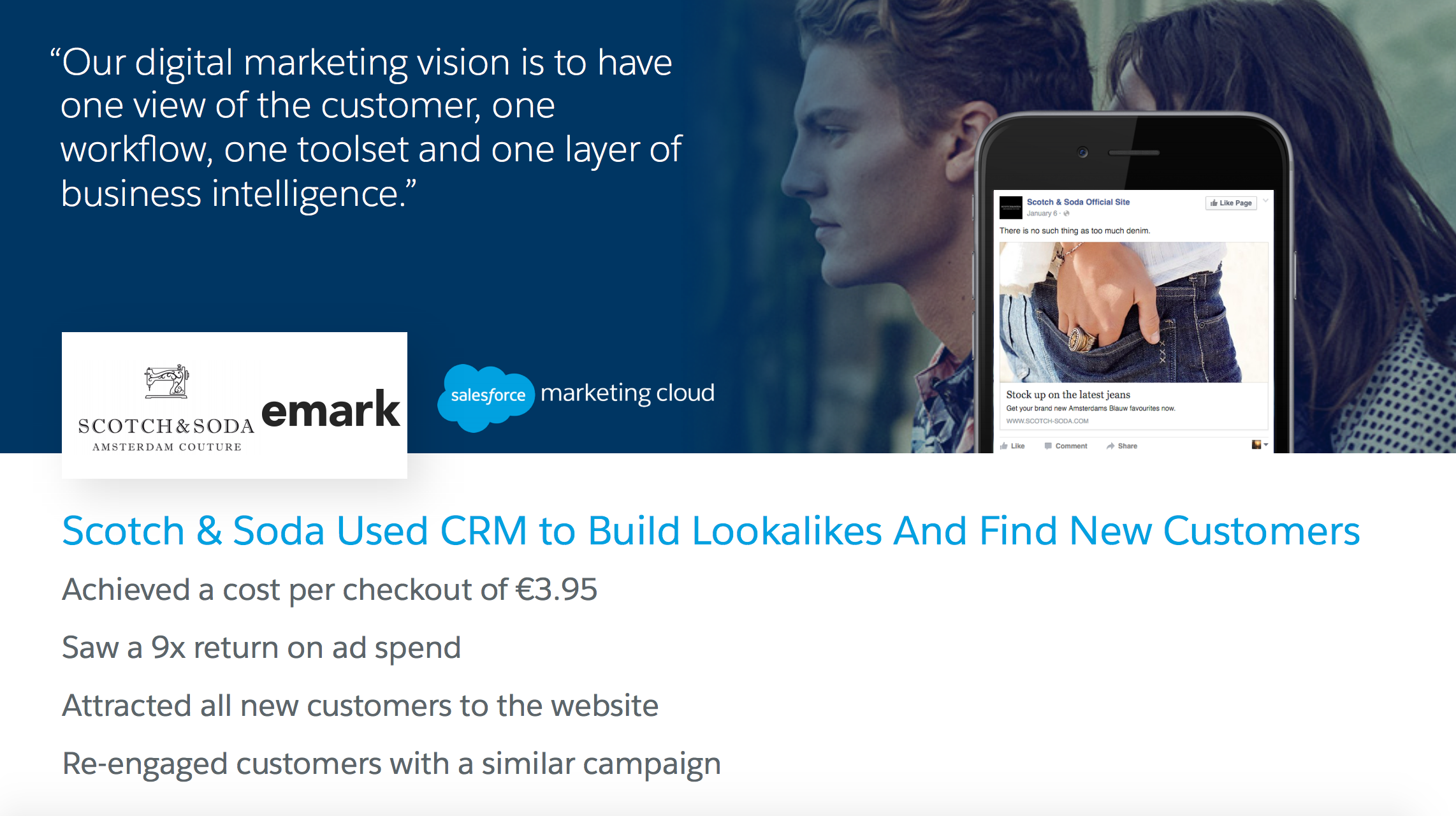
Get your FREE 30-day trial.
Please complete all fields.
The end of the year is near, and so is the holiday season. All across the globe, consumers are celebrating their respective holidays and, as a result, spending more than usual. According to the National Retail Federation (NRF) spending will reach $656 billion, up 3.6% from 2015. As an advertiser, you've already begun strategizing your communications to your customers to ensure your brand is top of mind when they hit the stores (both brick-and-mortar and online).
But what about those not already aware of your brand or a regular customer? How are you reaching out to them this Christmas season? That's what I thought -- well, listen up!
Digital advertising today makes it easier to find potential customers, by letting you use the data you already know about current valuable customers to find similar consumers just like them.
According to Facebook, this is called a Lookalike Audience, using Customer Audiences. However, if you asked Google, they'd refer to it as a Similar Audience, using Customer Match. What do these both have in common? Both allow you to use your own CRM data, to create audiences to target across these channels to acquire new customers that look like your brand's current high-value customers.
By using your own CRM data (or the people who have liked your page, or visited your website) of your current high-value customers, you can create audience segments on Facebook to target users that look just like those high-value customers, in hopes of them too becoming a fan of your brand. How does it work?
For example, Scotch & Soda, a European retailer brand and customer of Salesforce Marketing Cloud, used its own CRM data in Salesforce to build Lookalike Audiences in order to acquire new customers that share similar attributes to their existing customers, resulting in increased sales. The brand targeted Facebook ads to the top 1% most similar people to their existing email subscribers. As a result, the fashion brand reached a 3.95 Euro cost per purchase and achieved a 9x return on ad spend.

Google Customer Match allows brands to target ads based on their own customer data, shared with Google, specifically as an email list. Once this data is uploaded to Google, ads can be shown to both existing customers (for the purposes of re-engagement) and also to a similar audience of potential new customers who look similar to an existing group of existing customers. Then, for example, on YouTube, you can use that data about your current customers that you've uploaded to reach new audiences, by targeting similar audiences to your most valuable customers.
Life Style Sports, Ireland's largest sports retailer, used Customer Match in a Gmail campaign for Black Friday in 2015 to both re-engage existing customers and reach potential customers with similar traits. Using Customer Match, Life Style Sports reached out to customers who had made purchases the previous year during the Christmas period and in addition took advantage of similar audiences to expand their reach to potential new customers. As a result, the brand's Black Friday Gmail campaign achieved a cost-of-sale 75% below their target, with 40% of purchases coming from new customers.
As you can see, it's not just about finding more people who behave like your "best" customers. You can also create similar audiences tied to any customer segment, like Life Style Sports did in the above campaign targeting Christmas season shoppers. If they wanted to acquire new customers in the spring gearing up for warm weather sporting season, they could target customers who purchased hiking, biking, and camping gear last year during a certain time of year.
To learn more about advertising today, check out our Future of Advertising eBook!